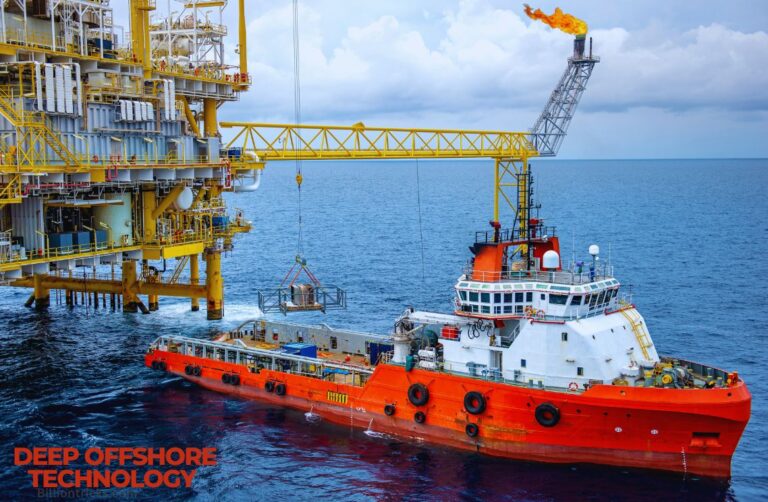Energy demand, which is increasing globally, is determined by the growth of population, the industrialization, and technological advancement. As conventional onshore and shallow-water oil and gas reserves have proven to be scarce, the energy industry has refocused towards deep offshore technology to unearth the huge resources that are lying underneath the ocean floor. Deep offshore technology includes the highly developed techniques, tools, and systems used in the exploration, extraction, and production of oil and gas from deepwater and ultra-deepwater reserves. The ocean floor is the usual site of these reserves, which usually lie below the ocean depths of more than 500 meters (1,640 feet), with ultra-deepwater being the areas that dip to depths of 1,500 meters (4,921 feet) or more. This paper samples the vital components, obstacles, new developments, and the consequent effects of deep offshore technology on the present-day energy landscape.
What is Deep Offshore Technology?
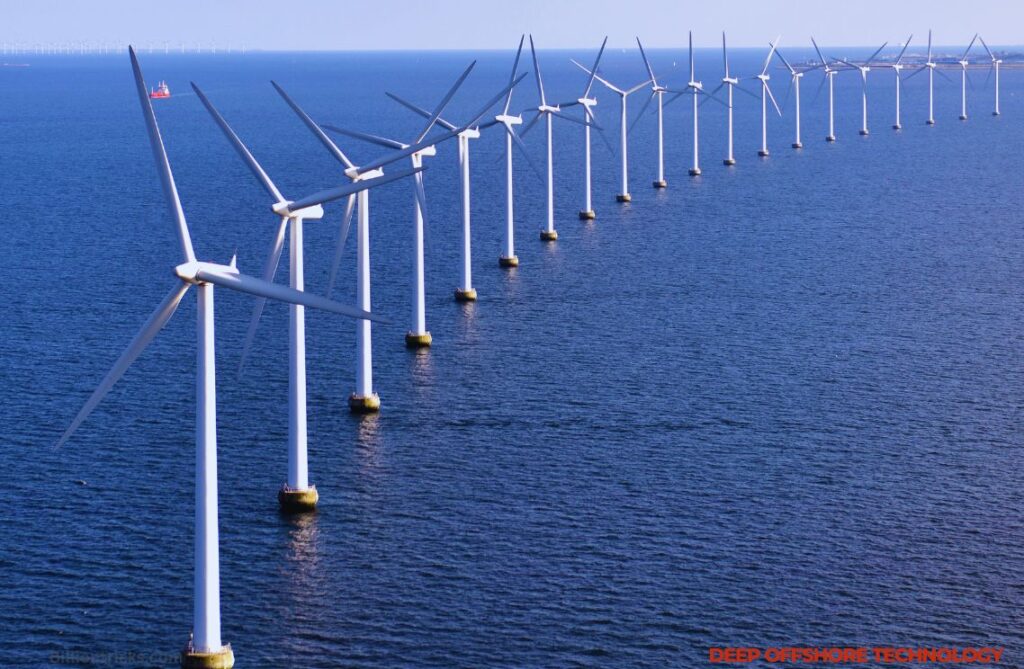
Deep offshore technology denotes the specific configurations and tools which were exploited to capture and convey the hydrocarbons of deepwater and ultra-deepwater reserves. Many times these reserves are located far from shore, in out of reach areas of the Earth. The fact that deep offshore technology has been developed is explained not only by the saying that the easy-energy sources have been almost used up but also by the necessity of the world to be supplied with energy.
Key Components of Deep Offshore Technology
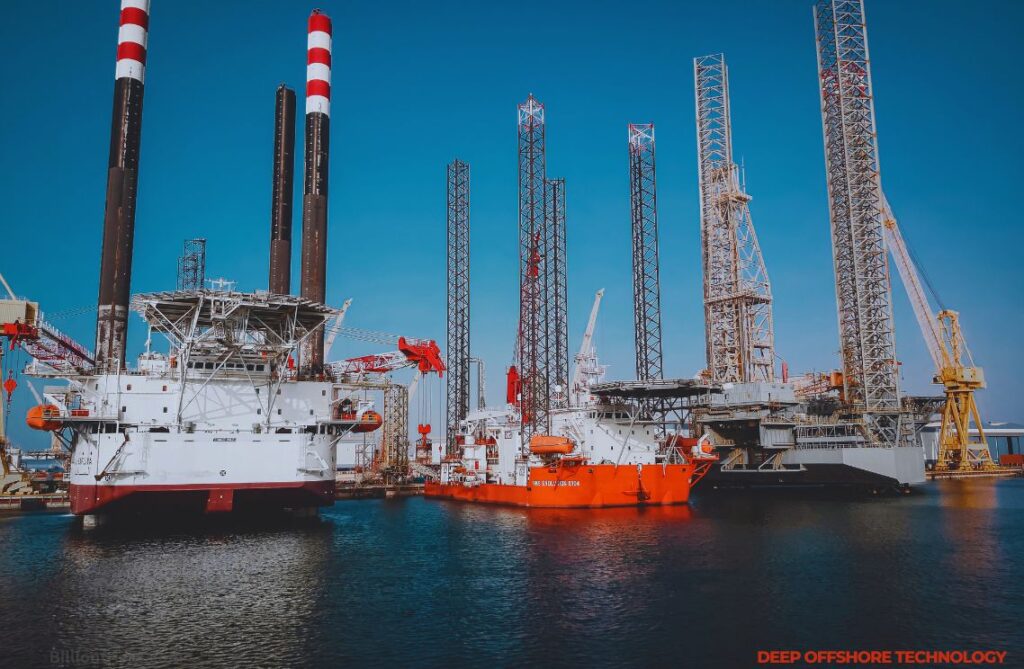
Deep offshore technology employs a wide range of sophisticated systems and equipment to have the efficiency to operate in the extreme environments. One of the two most common types of systems used in subsea production, such as the various subsea trees, manifolds, and pipelines, are installed at the sea bottom to a production-consent factory to perform the extraction and the petroleum transportation. Floating production, offloading, and storage systems, e.g., FPSOs (Floating Production, Storage, and Offloading vessels), which are semi-submersibles, and tension leg platforms (TLPs) are the ones that are used to handle and store hydrocarbons while the ship is still at sea. The dynamic positioning systems which the specialized drilling rigs use to navigate, such as drillships and semi-submersible rigs, to ensure its stability during deepwater exploration use Remotely Operated Vehicles that are crucial when it comes to the inspection, maintenance, and repair of subsea equipment. Among the technologies the one that is advanced and most effective for seismic investigations is the 3D and 4D imaging. Among the subsea processing technologies are subsea separation and compression, which allow for hydrocarbons to be processed directly on the seabed, thereby reducing the need for surface facilities.
Challenges in Deep Offshore Technology
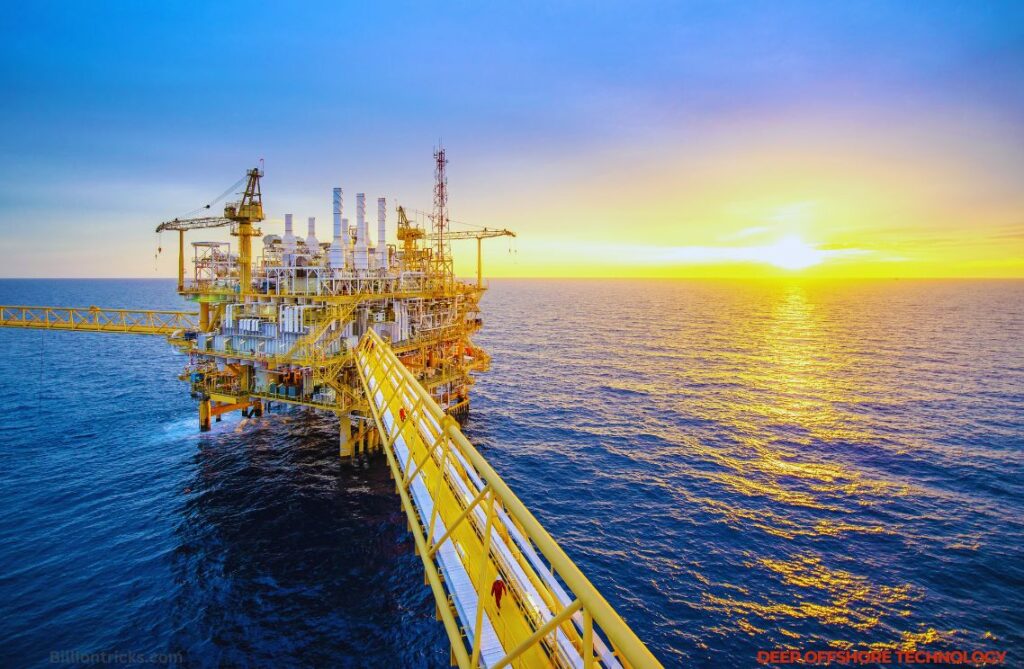
One of the major reasons why deepwater exploration and production projects are particularly tricky is the harshness of the environment they occur in, their huge costs, and the technical complexity of their application. Deepwater context is technically tough due to the following factors like; high pressurized condition, which is available at the bottom of the ocean, cold and extreme ocean currents, which leads to severe mixed layer ecology. This means that the provision of these facilities is more specialized than would be the case of those well-established onshore low production cost areas. The fact that deepwater projects involve a significant amount of money, high-tech procurement, and skilled experts, makes them difficult to get the necessary financial resources. The risks of the oil industry may not only be just related to safety but can also have an impact on the environment influencing all the living organisms. The expertise and innovations of the management and, the drilling and production contractors are the main tools of the technology which are used in widely different fields.
Also Reas: Revo Technologies Murray Utah Leader in IT Solutions
Advancements in Deep Offshore Technology
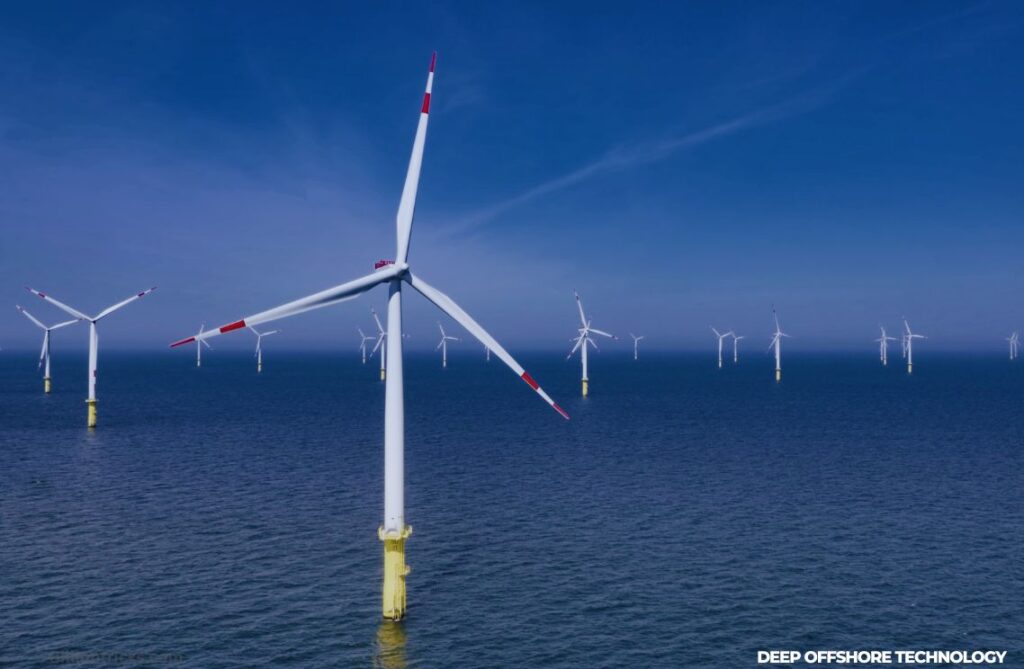
Recent developments in deep-sea technology have revolutionized the sector, which is now much more efficient, safer, and environment-friendly. The use of technologies like AI, machine learning, and IoT provide easily accessible real-time data, predictive maintenance, and better decision-making. Advanced oil recovery (EOR) methods, such as gas injection and chemical flooding, are utilized to produce oil more efficiently from deepwater reservoirs. The development of technologies, like the use of robots moving under the ocean water surface (ROVs) and driverless vehicles (AUVs), is one of the best ways to enhance operational safety and efficiency. The Floating LNG (FLNG) technology is the art of liquefying natural gas at the source of its extraction to eliminate the need for onshore facilities and facilitate the development of remote gas fields.
Importance of Deep Offshore Technology
Advanced technology for deep offshore is a significant contributor to the propulsion of global energy that is critical for economies and energy security. The deepwater fields contribute to the world supply of oil and gas by being a significant part of it, so they can satisfy the ever-increasing demand for energy. The deepwater projects will generate new jobs, as well as stimulate the economic recovery and will be the main source of finance for the government and private sector. The processing of deepwater reserves drastically reduces the need for importing (crude oil) and greatly improves the energy security of many countries. The barriers of deepwater exploration stimulate technological development in such sectors as engineering, robotics, and ecological preservation, and this, in turn, leads to the promotion of technological progress.
Also Read: Cell Signaling Technology All Information and Complete Guide
Real World Examples of Deep Offshore Projects
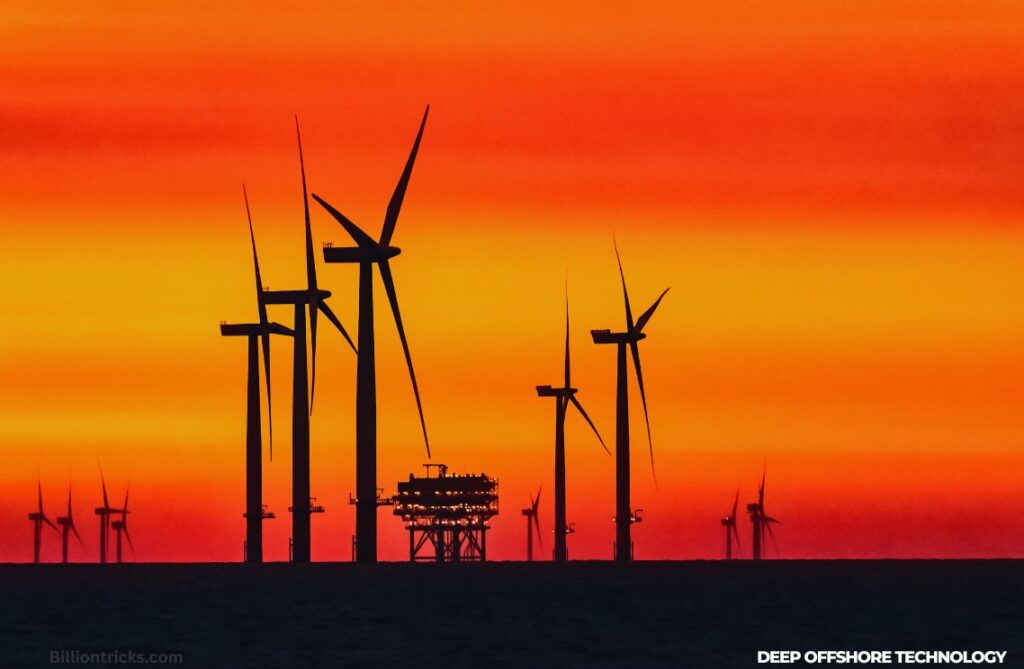
Various remarkable instances of technology are presented through offshore deep projects that prove the capabilities and importance of deep offshore technology. Across this deepest ocean spot that measures up to more than 2,400 meters, Shell’s Perdido Development in the Gulf of Mexico stands as the most profound oil and gas production unit. And Jubilee Field in Ghana is one of the largest deep oxide oil discoveries ever in West Africa, involving the use of FPSOs and subsea infrastructure. The Prelude FLNG, an Australian facility that is run by Shell, is the largest of its kind to hover over the sea producing and processing natural gas.
Conclusion
Deep offshore fuel engineering has been the source of the primary source of the crude oil and natural gas revolution, which has made it possible to push ahead the bounds of the production and exploration of the resources in some respects of the environment that are amongst the greatest challenges for the Earth. Deepwater technology, being one of the prime benefits of the advancement of technology, will result in more efficiency, safety, and practically it is going to be more environmentally sustainable. Through the expansion of the technology to the deep and ultra-deep waters, the technology is the gauge of which the world will be able to measure the scarcity of the energy future, and on the other hand, through the expansion of the technology, it is a tool to meet the needs for the energy future and in addition to that, it is a tool to drive economic growth. The future of energy sources are expected to be underground in the ocean, while deep offshore technology is considered the essential tool.
FAQs
1. What does deep offshore technology involve in general?
The scope of deep offshore technology is the whole range of tools and machines that are utilized for oil and gas exploration, extraction, and production in both deepwater and ultra-deepwater reservoirs.
2. what exactly are deepwater exploration challenges?
The problems thereof mentioned are discomfort due to extreme weather, high cost imbalance, safety guts, and technical knottiness.
3. What are the main features of FPSO?
FPSOs (Floating Production, Storage, and Offloading vessels) are entirely different depending on how many kind of oil and gas was available at a given location. These are, in other cases, offshore platforms that are using subsea instead of surface equipment for dealing with production systems including separation, treatment, and compression of natural gas.
4. The deep offshore technology helps the economy in what way?
Deepwater developments provide jobs, catalyze economic growth, and help governments and corporations earn revenues.
5. What is the future of deep offshore technology?
In the years ahead, developing more digital tools and automation, and focusing on the development of technologies aimed at enhancing the efficiency, safety, and environmental friendliness of the processes will be the focus.


